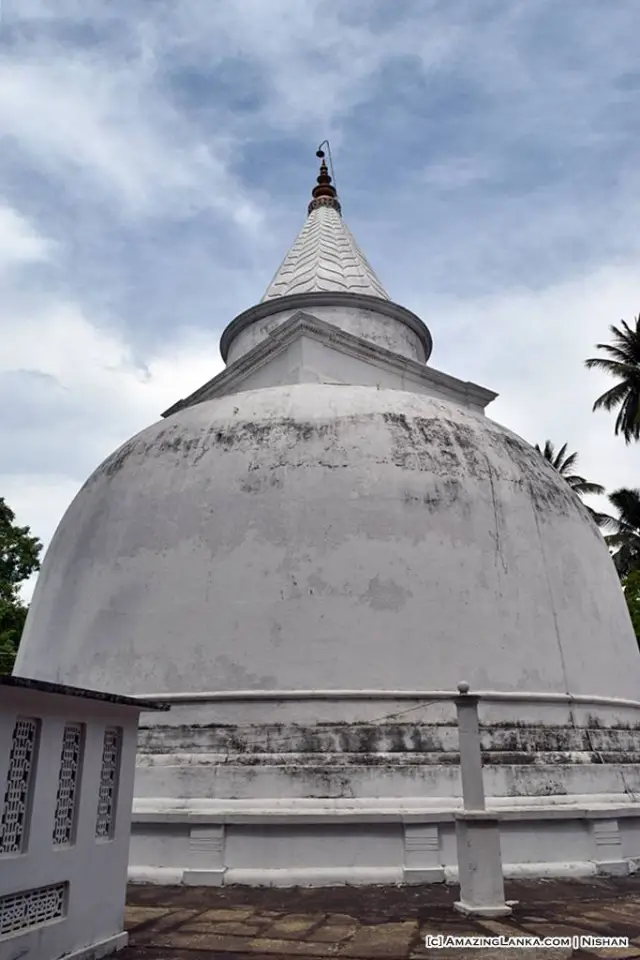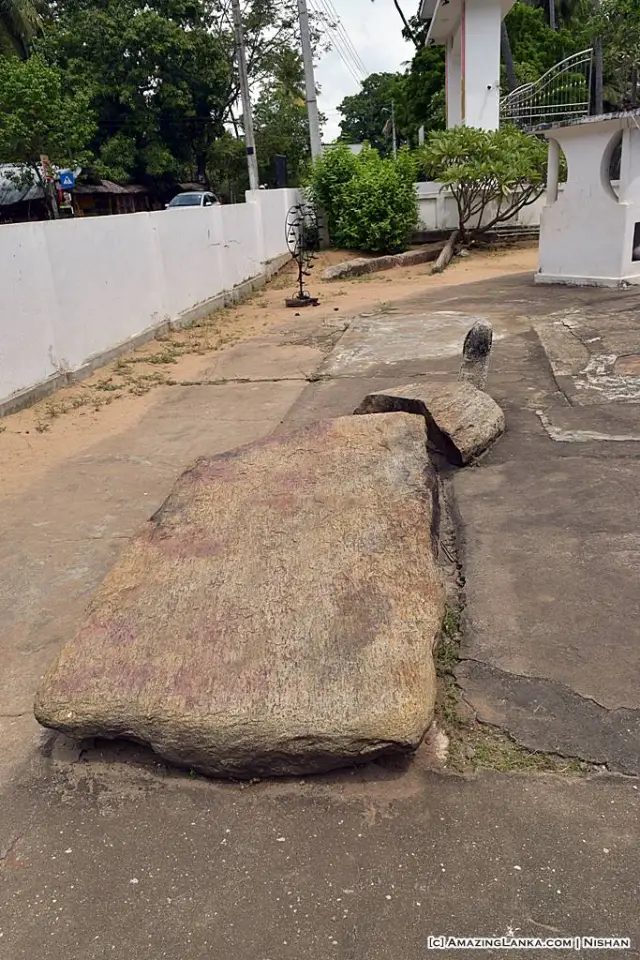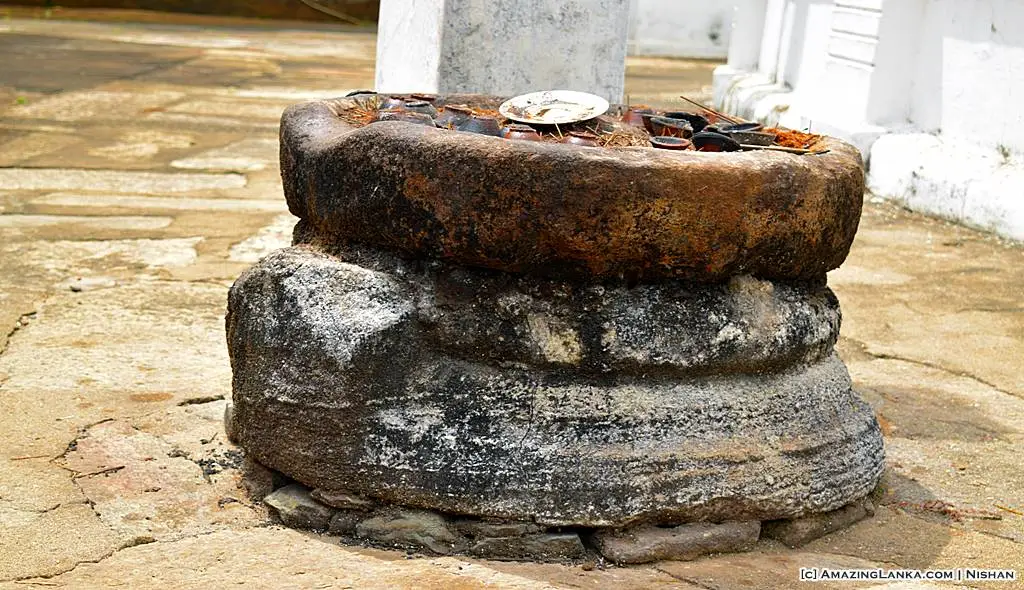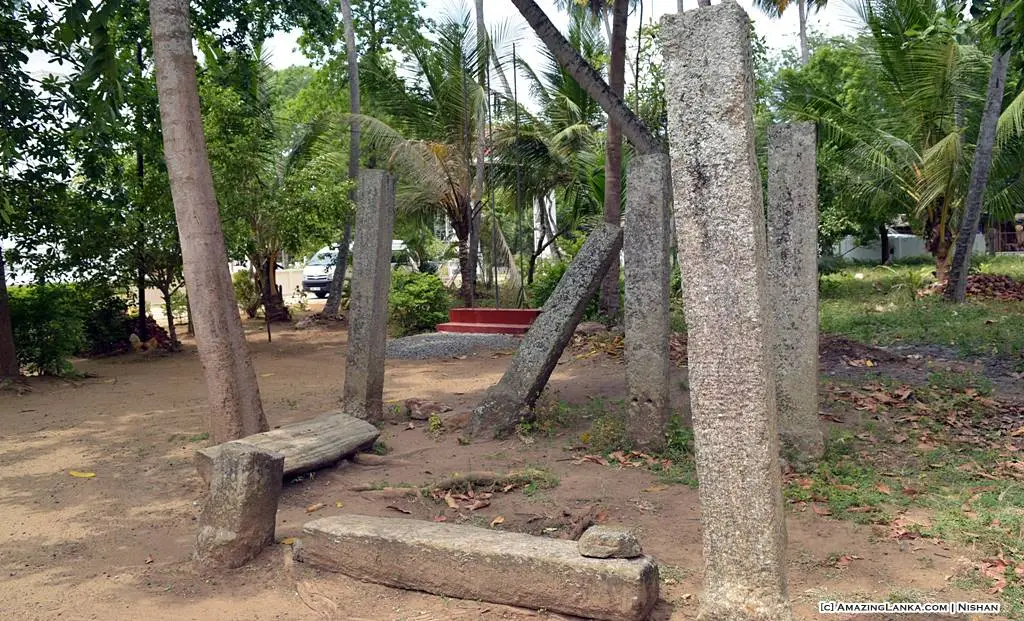- Area: Sri Lanka
- Type: Attractions
- Group: Buddhism Vihara
Menik Vehera (also written as Manik Vehera) is situated within close proximity to Yatala Stupa but not large in size. It has been restored in 1894 keeping to the original shape. This stupa is attributed to King Mahanaga. Henry Parker believes that it was constructed by King Dutugemunu.
Remains of several ancient buildings are found within the precinct of the monastery. A slab inscription lying about 60 meters west of the stupa has been placed to the 2nd century based on the script. Although inscriptions found at the site reflect the historical continuity of the ancient monastery through the ages, none of the inscriptions disclose the ancient name of this monastery.






In 1882, Governor Robert Longden granted the land of the temple to Rev. Tangalle Sri Jinaratana, who began the restoration of the stupa and the construction of buildings for a temple. This activity would have destroyed much of the archaeological evidence. Within the temple, there is a large stone pillar which is referred to as ‘Etha Bendi Gala’ or the pillar where the elephant was tethered.
Legend has it that King Dutugemunu tethered his famous elephant ‘Kadol’ at this pillar. It certainly is large and strong enough to retain an elephant. Around this temple, there are many stone pillar bases and other architectural remains of buildings.
At Yatala, there are clusters of pillars and ruins of brick walls around Manik Viharaya. Many of the ruins are on privately owned lands. In some places, pillars have been used for construction work while in other places there used for washing clothes and for bridges and doorsteps
